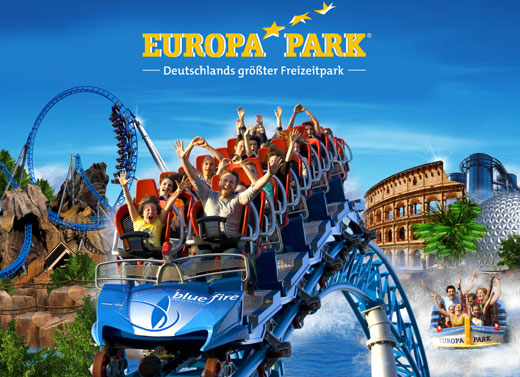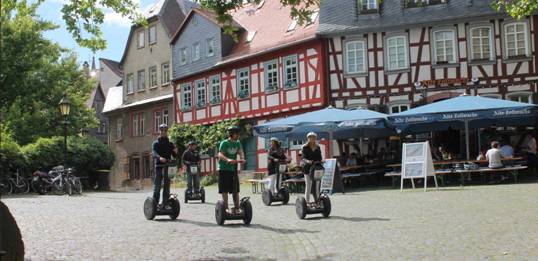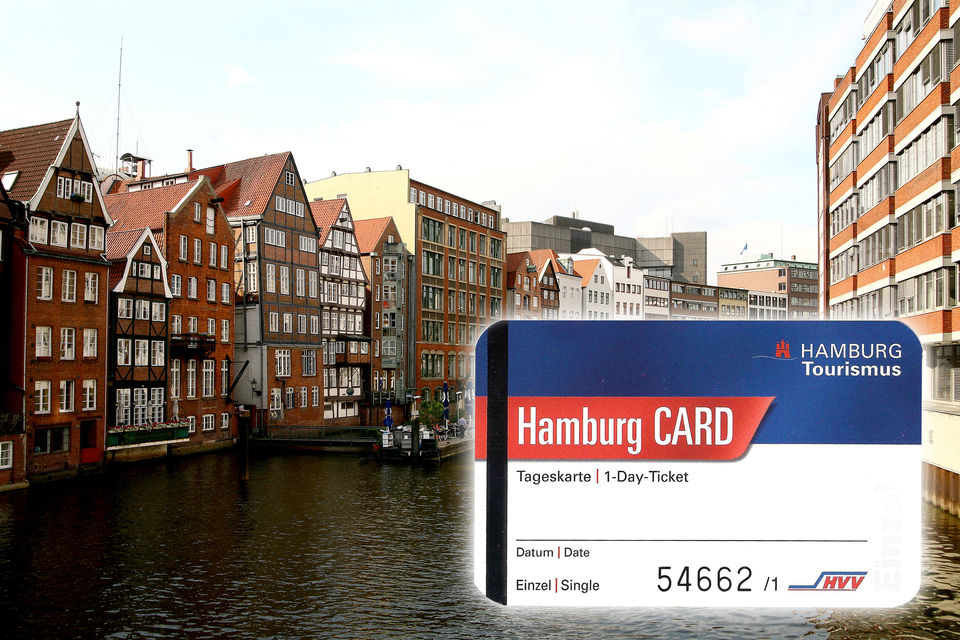
Romantic Road Journey: Frankfurt to Würzburg, Rothenburg, and Back
This travel guide provides a comprehensive itinerary for a circular trip starting and ending in Frankfurt, Germany, focusing on the northern section of the famous Romantic Road (Romantische Straße). Discover the dynamic metropolis of Frankfurt, the baroque splendor of Würzburg, and the medieval fairy-tale charm of Rothenburg ob der Tauber.
Introduction to the Region
This journey takes you through the heart of Germany, from the modern financial hub of Frankfurt into the rolling hills of Franconia (Franken), a culturally rich region in northern Bavaria. You will experience a striking contrast between contemporary urban life and some of Germany's best-preserved historical towns. The route loosely follows the Romantic Road, a popular tourist trail connecting picturesque towns and castles. Würzburg serves as the northern gateway to this route, while Rothenburg ob der Tauber is its undisputed highlight. This guide offers an objective and practical overview to help you plan your adventure.
Itinerary Overview
Duration: 3-5 days is recommended to fully appreciate the destinations without being rushed.
Route: Frankfurt am Main -> Würzburg -> Rothenburg ob der Tauber -> Frankfurt am Main.
Total Distance: Approximately 400 km (250 miles) round trip.
Primary Transport: Train or rental car. A car offers more flexibility for exploring the countryside, while the train is efficient and relaxing.
Frankfurt am Main: The Gateway
Frankfurt is a city of contrasts, known globally as "Mainhattan" for its impressive skyline of skyscrapers that house Europe's central bank and major financial institutions. Yet, alongside this modernity, it boasts a charming, reconstructed old town and vibrant cultural scenes.
Key Attractions
Römerberg: The historic heart of Frankfurt, this picturesque square is lined with reconstructed half-timbered houses. The Römer itself is the city hall and a symbol of Frankfurt.
St. Bartholomew's Cathedral (Kaiserdom): A stunning Gothic cathedral where Holy Roman Emperors were elected and crowned. Climb the tower for panoramic city views.
Museumsufer (Museum Embankment): A unique concentration of museums on both sides of the River Main. Highlights include the Städel Museum (European art), the German Film Museum, and the Communications Museum.
Main Tower: The only skyscraper with a public viewing platform, offering the best views of the Frankfurt skyline.
Palmengarten: One of the largest botanical gardens in Germany, perfect for a relaxing stroll.
Practical Information
Getting There: Frankfurt Airport (FRA) is one of Europe's busiest hubs. The main train station (Frankfurt Hauptbahnhof) is a major national and international rail nexus.
Getting Around: The city has an excellent public transport system (RMV), including U-Bahn (subway), S-Bahn (commuter rail), and trams. The city center is very walkable.
Accommodation: Options range from luxury hotels in the banking district to mid-range and budget options near the Hauptbahnhof and in the city center.
Food & Drink: Try Frankfurter Würstchen (small sausages), Grüne Soße (green sauce with herbs), and Handkäs mit Musik (a sour milk cheese). Don't forget to drink Apfelwein (hard apple cider) in a traditional apple wine tavern in the Sachsenhausen district.
Tip: If you have limited time, focus on the Römerberg, the cathedral, and a walk across the Eiserner Steg (Iron Footbridge) for classic skyline photos.
Würzburg: Baroque Jewel on the Main
Approximately 1 hour by train from Frankfurt, Würzburg is the capital of the Franconia region. It is famed for its Residenz Palace, a UNESCO World Heritage Site, and its location amidst sprawling vineyards. The city has a vibrant student population, giving it a lively atmosphere.
Key Attractions
Würzburg Residenz: A masterpiece of South German Baroque architecture, built in the 18th century for the prince-bishops. The grand staircase, the Imperial Hall, and the world's largest ceiling fresco by Giovanni Battista Tiepolo are breathtaking. The Hofgarten (Court Garden) is equally impressive.
Marienberg Fortress (Festung Marienberg): This former residence of the prince-bishops looms over the city. It offers stunning views of Würzburg and the Main River. The fortress complex includes princely buildings, a deep well, and two museums (the Main-Franconian Museum and the Fürstenbau Museum).
Alte Mainbrücke (Old Main Bridge): A picturesque stone bridge adorned with statues of saints. It's a popular spot to enjoy a glass of local Franconian wine while watching the sunset over the fortress.
St. Kilian Cathedral (Würzburger Dom): A Romanesque cathedral, one of the largest in Germany, with later Gothic and Baroque additions.
Market Square (Marktplatz): The lively central square with the Falkenhaus (a rococo building), the Marienkapelle (Gothic chapel), and a daily market.
Practical Information
Getting There from Frankfurt: Direct regional (RE) and intercity (IC/ICE) trains run frequently from Frankfurt Hauptbahnhof to Würzburg Hauptbahnhof. The journey takes about 55-70 minutes.
Getting Around: The city center is compact and walkable. To reach Marienberg Fortress, you can walk (a steep 25-minute climb), take a bus, or drive.
Accommodation: A wide range of hotels and guesthouses are available, many within easy walking distance of the main attractions.
Food & Drink: Würzburg is at the heart of the Franconian wine region. Sample Silvaner and Riesling wines from local vineyards. Traditional food includes Franconian sausages (like Bratwurst) and "Blaue Zipfel" (sour cooked sausages).
Tip: Purchase a combination ticket for the Residenz that includes access to the Palace and the Court Gardens. Allow at least 2-3 hours for a thorough visit.
Rothenburg ob der Tauber: The Medieval Dream
A one-hour train or car ride south from Würzburg brings you to Rothenburg ob der Tauber, arguably Germany's most famous and well-preserved medieval town. Perched above the Tauber River Valley, its intact town walls, cobblestone lanes, and half-timbered houses look like they are straight out of a storybook.
Key Attractions
Town Walls & Gates: Walk the entire 2.5 km circuit on top of the fortified walls for incredible views over the town's rooftops and into the surrounding countryside. Key gates include the imposing Rodertor and the picturesque Plönlein, a small fork in the road with a half-timbered house.
Market Square (Marktplatz): The central hub dominated by the Town Hall (Rathaus). Climb the Gothic tower of the old town hall for a magnificent panorama. Don't miss the mechanical figures on the Ratstrinkstube clock that re-enact the legendary "Meistertrunk" (Master Draught) story.
St. James's Church (St. Jakobskirche): A magnificent Gothic church housing the famous Holy Blood Altar by Tilman Riemenschneider, a masterpiece of German wood carving.
Criminal Museum (Mittelalterliches Kriminalmuseum): A fascinating and sometimes gruesome look at medieval law and order, featuring instruments of punishment and torture.
Christmas Museum (Deutsches Weihnachtsmuseum): Located within the Käthe Wohlfahrt Christmas Village, this museum celebrates Christmas traditions year-round.
Tauber Valley Walk: Take a short walk down to the Tauber River for classic postcard views of Rothenburg, such as from the Double Bridge (Doppelbrücke).
Practical Information
Getting There from Würzburg: By car, take the A3/A7 autobahns or the more scenic Romantic Road route. By train, you must take a train to Steinach bei Rothenburg and then change to a shuttle train ("Rothenburg Express") for the final 15-minute journey. Check schedules carefully as service is not frequent.
Getting Around: The entire old town is a pedestrian zone and best explored on foot. Wear comfortable shoes for the cobblestones.
Accommodation: Staying within the old town walls is highly recommended for the full medieval experience. Options include charming guesthouses (Gasthöfe) and hotels, often in historic buildings. Book well in advance, especially during peak season.
Food & Drink: Try Franconian specialties like Schäufele (slow-roasted pork shoulder) or Schneeballen (a pastry "snowball" made of strips of dough).
The Night Watchman's Tour: A highly recommended and entertaining evening tour where a costumed guide leads you through the dimly lit streets, sharing historical tales and legends.
Tip: Rothenburg can be extremely crowded during the day with day-trippers. The best time to experience its magic is early in the morning or in the evening after the tour buses have left.
The Return Journey to Frankfurt
The most direct route back to Frankfurt from Rothenburg is by car via the A7 and A3 autobahns, which takes approximately 2 to 2.5 hours without heavy traffic. By train, you will need to retrace your journey via Steinach and Würzburg. The total train journey can take around 3 hours, including transfer times.
Tip: If traveling by car and you have extra time, consider a short detour to another charming town along the way, such as Wertheim am Main or Miltenberg.
Detailed Transportation Guide
By Train
Advantages: Stress-free, no need to find parking (which can be difficult and expensive in old towns), scenic routes.
Tickets:景點門票
法蘭克福賽格威體驗之旅
Frankfurt: 2-Hour Green Segway Tour
漢堡城市旅遊卡
Hamburg Card - Experience the Hanseatic city!



